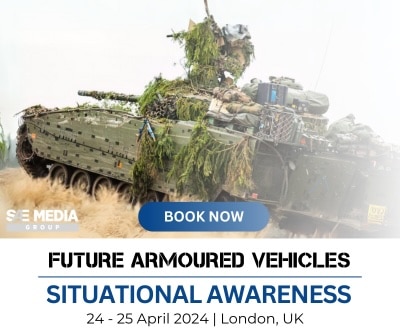Video Streaming Helmet Cameras
Helmet cameras enable soldiers to keep a visual record of everything they are seeing while the soldier keeps their hands and vision free so as not to be distracted from their role.
Images can then be streamed back to a command centre or military outpost for immediate feedback and mission monitoring.
Helmet cameras often fall into two categories: CMOS and CCD type.
Although helmet cameras come in many different forms, most are small and cylindrical in shape and can be connected to a video recording device such as a handheld camcorder or purpose-built digital video recorder.
CDD Helmet Cameras
Charge-coupled device (CCD) helmet cameras use charge-coupled device image sensors, tend to operate on 12VDC power, and output an analogue type signal. This type of camera draws more power than CMOS cameras but offers superior picture quality and clearer colour reproduction.
CMOS Helmet Cameras
CMOS helmet cameras use metal-oxide-semiconductor (CMOS) image sensors and they run on 5VDC power. They are often smaller than CCD cameras but do not offer the same high-level image quality and don’t usually work well in low light conditions.












